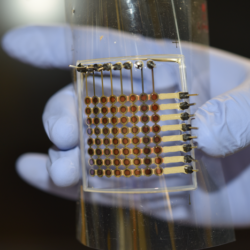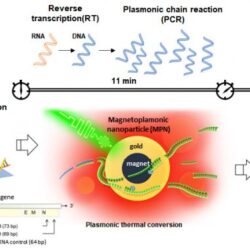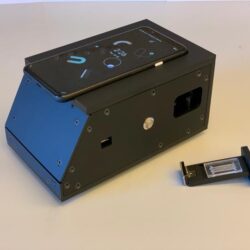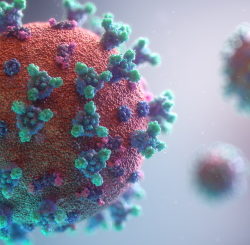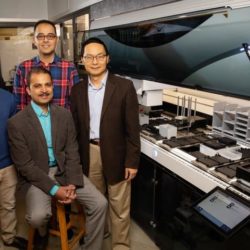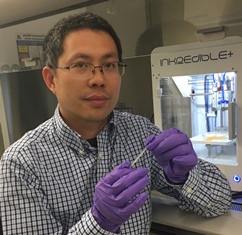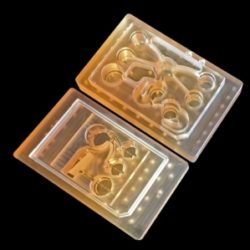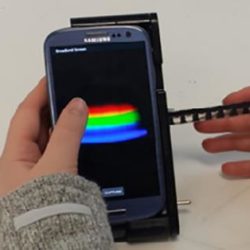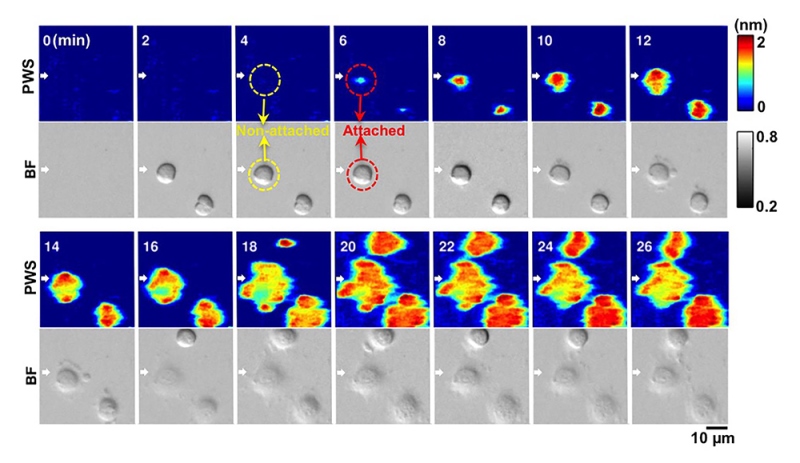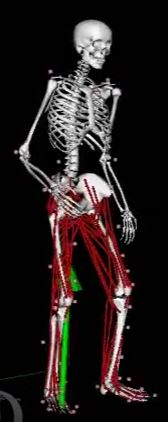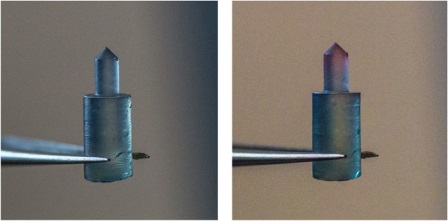Uncharted Horizons: Exploring Unconventional Technologies Shaping Tomorrow’s Innovations
In the fast-evolving landscape of technology, there exists a realm of unconventional and lesser-discussed innovations that promise to redefine industries, create new opportunities, and push the boundaries of human capability. While some of these technologies are in nascent stages or purely speculative, their potential to disrupt and revolutionize cannot be overlooked. Acoustic Levitation: Sound Waves Read more about Uncharted Horizons: Exploring Unconventional Technologies Shaping Tomorrow’s Innovations[…]

